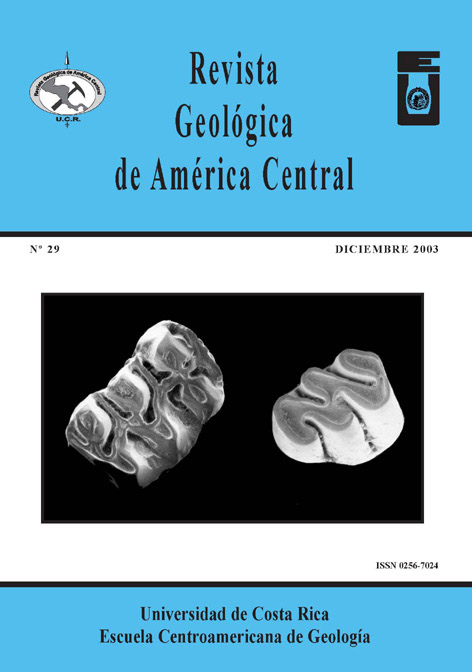Abstract
From the Upper Paleocene to early Middle Eocene the geological features of the Eastern Cubaterrain and Cauto–Nipe basin differ from those of the other regions in Cuba. Up to the early Middle EoceneEastern Cuba was part of the Gonave protomicroplate, bounded to the northwest by the Cauto-Nipe basin. Thelatter was the result of the expansion of the Yucatan basin.Important regional changes from an older volcano-sedimentary to younger carbonatic facies occurred in thelimit between Lower and Middle Eocene, due to the formation of a transform boundary between the North American and Caribbean plates. It caused not only the extinction of volcanism in the Sierra Maestra islandarc, but also splitted off the terrain of Eastern Cuba, and aborted the spreading that was developing in theCauto–Nipe basin. During the uppermost Lower Eocene, the expansion of the Bartlett Trough caused the end of volcanic activity and, simultaneously took place a deformation process in Eastern Cuba, producing the formation of twobasins: a shallow one to the south, where volcanogenic molasses accumulated, and a deep basin to the north,with deposits of flysch of fine grained tuffs, mostly zeolitized. Calcareous sediments and radiolarites havebeen observed only locally. Since the early Middle Eocene, carbonate facies accumulated in reef complexes (essentially in the southern part of Eastern Cuba), and also carbonate deep sea facies, rich in planctonicmicrofauna.

